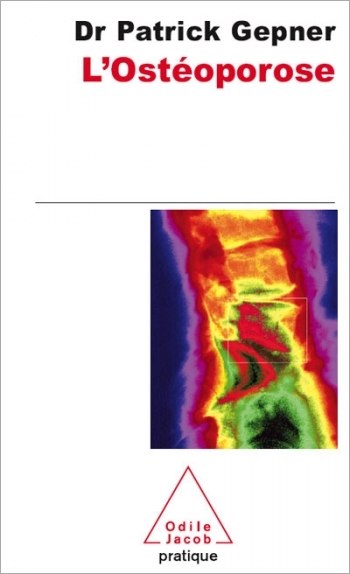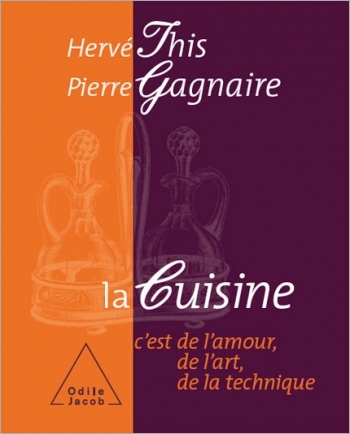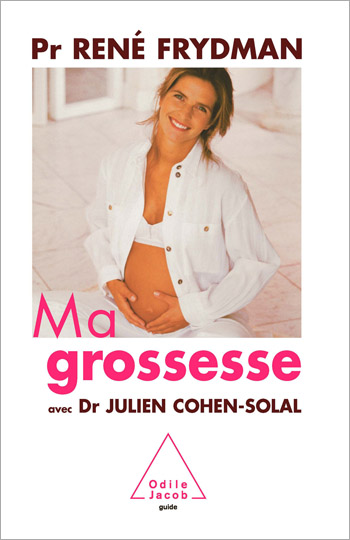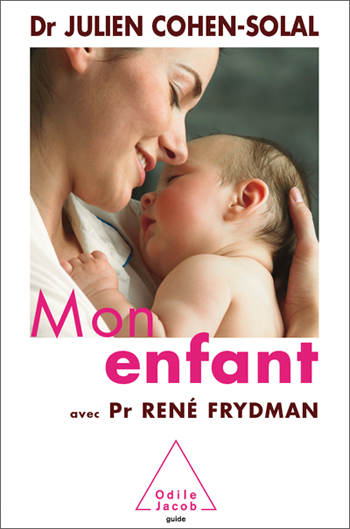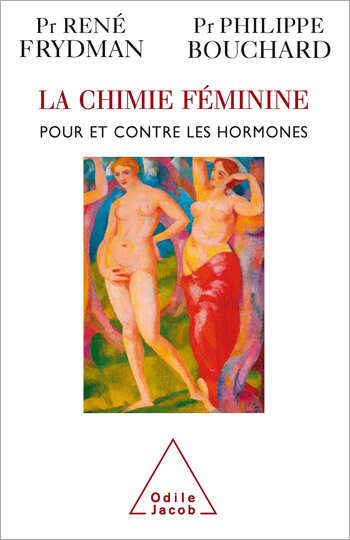Health and Wellness All books
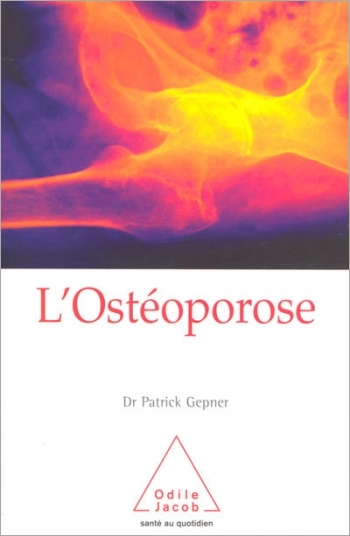
Patrick Gepner
Osteoporosis
Osteoporosis is characterised by a loss in the quality and quantity of bone tissue. The consequences are serious: they include fractures and the compression and curving of the spinal column, and the disease is responsible for more deaths than breast cancer. It is estimated that one-third of menopausal women suffer from osteoporosis, and the proportion is likely to rise as a result of bone damage caused by extreme dieting and anorexia among female adolescents. The fear of high cholesterol and weight gain among women older than 50 years of age is also responsible for decreased bone density. In addition, the incidence of osteoporosis among males is on the rise. Recently, there has been increased interest in the subject of osteoporosis, which has been described as "an invisible enemy" because it rarely produces symptoms. It is usually detected when a fracture occurs and by then it is too late. For this reason, early diagnosis and, particularly, prevention are of the utmost importance. Like the other books in the "Santé au Quotidien" series, this is a practical handbook, which reviews all that is known today about the disease and offers much useful advice: Which kinds of mineral water contain the most calcium? How can you eat plenty of calcium-rich milk products without gaining weight? Is hormonal replacement treatment during menopause an effective method of preventing osteoporosis? The outline of the book: When should you become concerned about osteoporosis? How is it diagnosed? What can you do to ensure good bones for life? How can osteoporosis be treated? False notions and honest tips. Patrick Gepner is a rheumatologist, practising at the Hôpital Foch, in Suresnes, near Paris. He is the author of Mal de dos, published by Editions Odile Jacob in the "Santé au Quotidien" series.
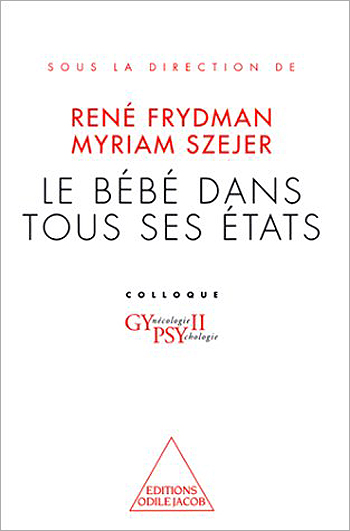
René Frydman, Myriam Szejer
The Baby Through All Stages of Development Gypsy II Conference
Can communication be established with new-born infants? Is it true that certain forms of sensory information can be transmitted to foetuses? How can doctors detect medical disorders which are the expression of psychic suffering in infancy? Can psychoanalysis help to relieve such disorders? To produce this report, paediatricians, midwives, psychotherapists, psychoanalysts, and researchers pooled their experience to provide a better understanding of what makes human beings develop harmoniously. The Gypsy II Conference was held in association with the organisation known as "La Cause des Bébés".

